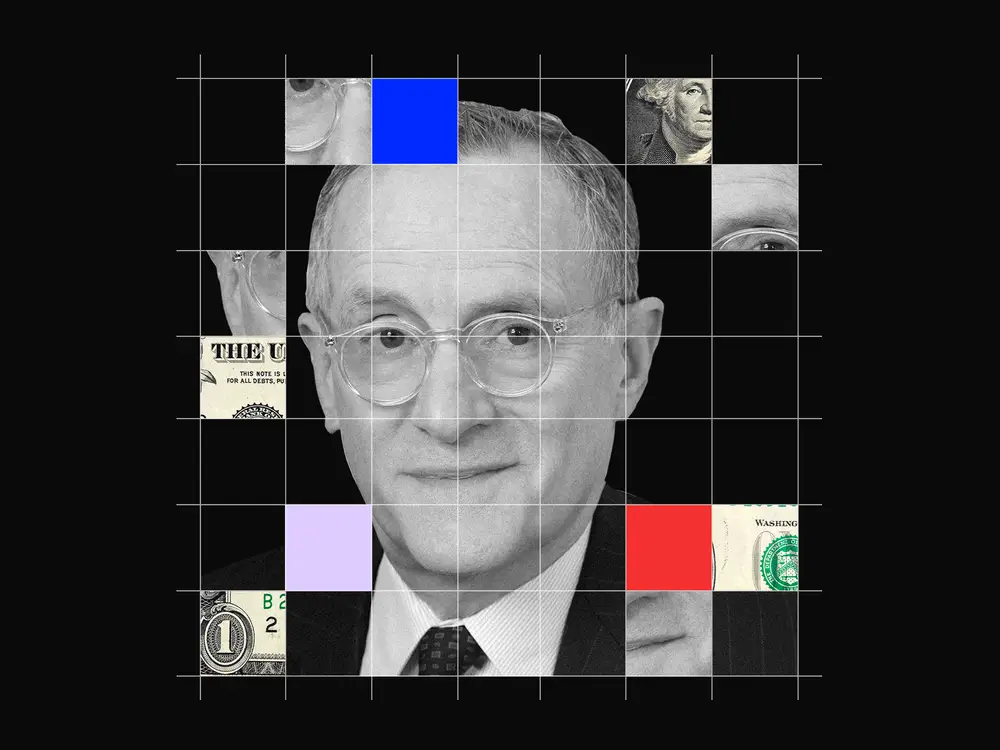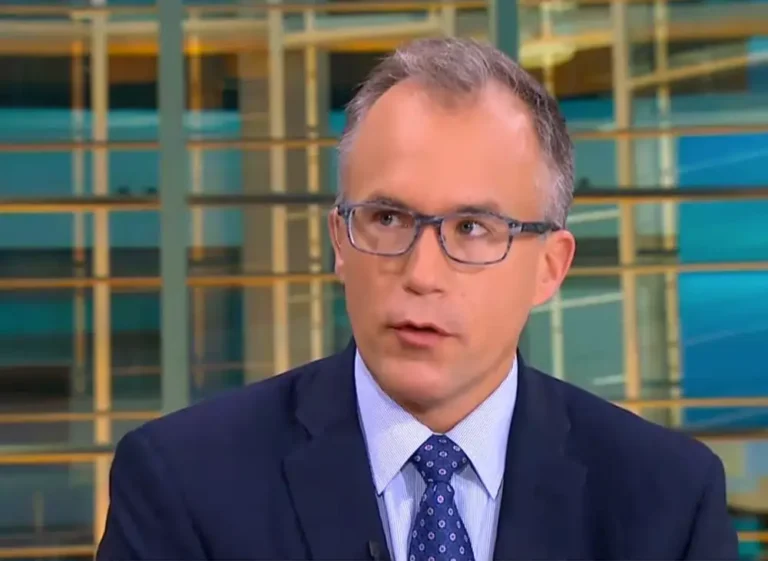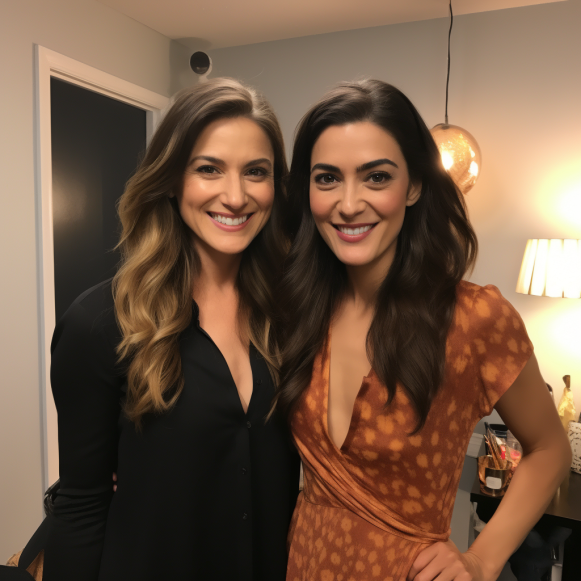Billionaire Howard Marks outlines the investing mistakes likely plaguing your portfolio — and explains how to outperform by playing ‘3D chess’

Investor Howard Marks dispelled myths about risk in a newly published video.
Howard Marks isn’t one to hoard his best ideas for himself.
Throughout his storied career, the billionaire investor has regularly shared the principles and processes that guide him through must-read memos, books, and, in recent years, podcasts.
Marks’ insights ring true in any era, as they’re centered on how investors should operate — not where stocks are headed next or what the best investments are. But while his messages are timeless, the medium in which he delivers them is fit for 2024.
On September 12, Marks and his team at Oaktree Capital Management released his first-ever so-called “video tutorial” that broke down misconceptions about risk in the context of investing. The 36-minute video was sent to B-17 ahead of its public debut.
While Marks might not aspire to TikTok stardom, he certainly could test his luck, as his video proved to be both engaging and informative, as well as clear and concise. With it, Marks may be able to reach younger generations who may not know of him — or even know how to invest.
But Marks’ main motivation with this video is to help investors of all ages better understand risk, and the mistakes they’re making by following advice that’s more of a wives’ tale than wisdom.
What risk really is — and why investors must embrace it
Simply put, risk is uncertainty, Marks has said. Many scenarios could play out, but only one will. If investors knew with certainty which outcome would occur, there would be no danger.
Since unwelcomed events can occur at any time, Marks noted that avoiding risk is impossible. “Risk-on” or “risk-off” markets are a misnomer, he said, noting that investing isn’t like American football, where there are regular stoppages in play to strategize and distinct units playing offense and defense. A better comparison is soccer, where a team can switch from offense to defense in an instant and vice versa.
While it’s impossible to perfectly predict the future, Marks said successful investors accurately diagnose the probabilities of outcomes. Then, they can properly account for and manage risk.
Following that approach helped Marks earn a fortune as a distressed-asset investor. He defied conventional wisdom by scooping up dirt-cheap assets that were perceived as untouchable but were paradoxically less risky since only downside was priced in. Conversely, the investments many thought were can’t-miss were risky, and they disappointed because they were so expensive.
“The efficient market hypothesis is that the market is always right,” Marks said in a recent interview with B-17. “And that’s absolutely wrong.”
Markets are rife with groupthink, which helps explain why most investors trail their benchmark. Thinking differently and going against the grain when necessary is essential, Marks said, especially during stretches of volatility or in down markets.
“People gravitate toward the warmth of the herd,” Marks said. “If you’re in the herd, and let’s say there’s a blizzard going on — it’s warmer inside the herd. But to be superior, you kind of have to be outside the herd.”
‘If you want to outperform, you have to do something different’
While many investors would rather hunt in packs, Marks said the leaders are lone wolves.
“Success in investing does not consist of producing average results, because you can get that from an index fund cheaply,” Marks said. “You have to beat the indices in order to outperform. If you think the same as everybody else, you’ll do the same things. If you do the same things, you’ll perform the same. So if you want to outperform, you have to do something different.”
Those who aren’t up for the challenge of diagnosing risk should stick with low-cost index funds, where they can sidestep investment managers’ high fees and costs from stock transactions.
“You shouldn’t actively manage your own money unless you have the ability to be different and better,” Marks said.
Those who do craft their own portfolios should make sure they’re diversified, and not just across asset types and stock sectors. Instead, Marks recommends owning stocks that aren’t correlated with each other — including winners and losers, as strange as that may sound.
In theory, fund managers would love all of their investments to rise forever, but that’s impossible. All stocks go through up and down cycles, which means if all the companies in a portfolio are up simultaneously, it’s dangerous since it suggests they may soon all fall together.
Studying stocks’ correlation with each other adds another dimension to investing, Marks said.
“3D chess is much harder than 2D chess, and so correlation is much harder than just risk and return,” Marks said. “There are always going to be fault lines running through your portfolio that you don’t know about.”
But sometimes, ignorance can be bliss for investors. Marks said he tunes out historical patterns, including the widely noted trend of US stocks falling in September, as they have again in 2024. Even a five-year sample size means little to Marks without a strong underlying explanation.
“If there is something that’s not random, if there’s something that’s systematic, then somebody should be able to explain it,” Marks said. “So if it’s something about September that makes stocks go down, then what’s the reason?”
Logical or not, people are prone to following the pack. If there’s a compelling narrative that stocks will fall in a certain month, selling may ensue, creating a self-fulfilling prophecy.
Markets may not be predictable, but human behavior often is. Investors’ emotional decisions make assets mispriced, and Marks has spent his career capitalizing on those discrepancies. By heeding Marks’ advice instead of listening to the noise in markets, investors can do the same.
“We’re not market forecasters; we don’t believe in market timing,” Marks said. “We just like to buy things that are attractive — their price is attractive relative to their intrinsic value — and where we think the intrinsic value will appreciate. That’s all that matters. The rest of it’s baloney.”






